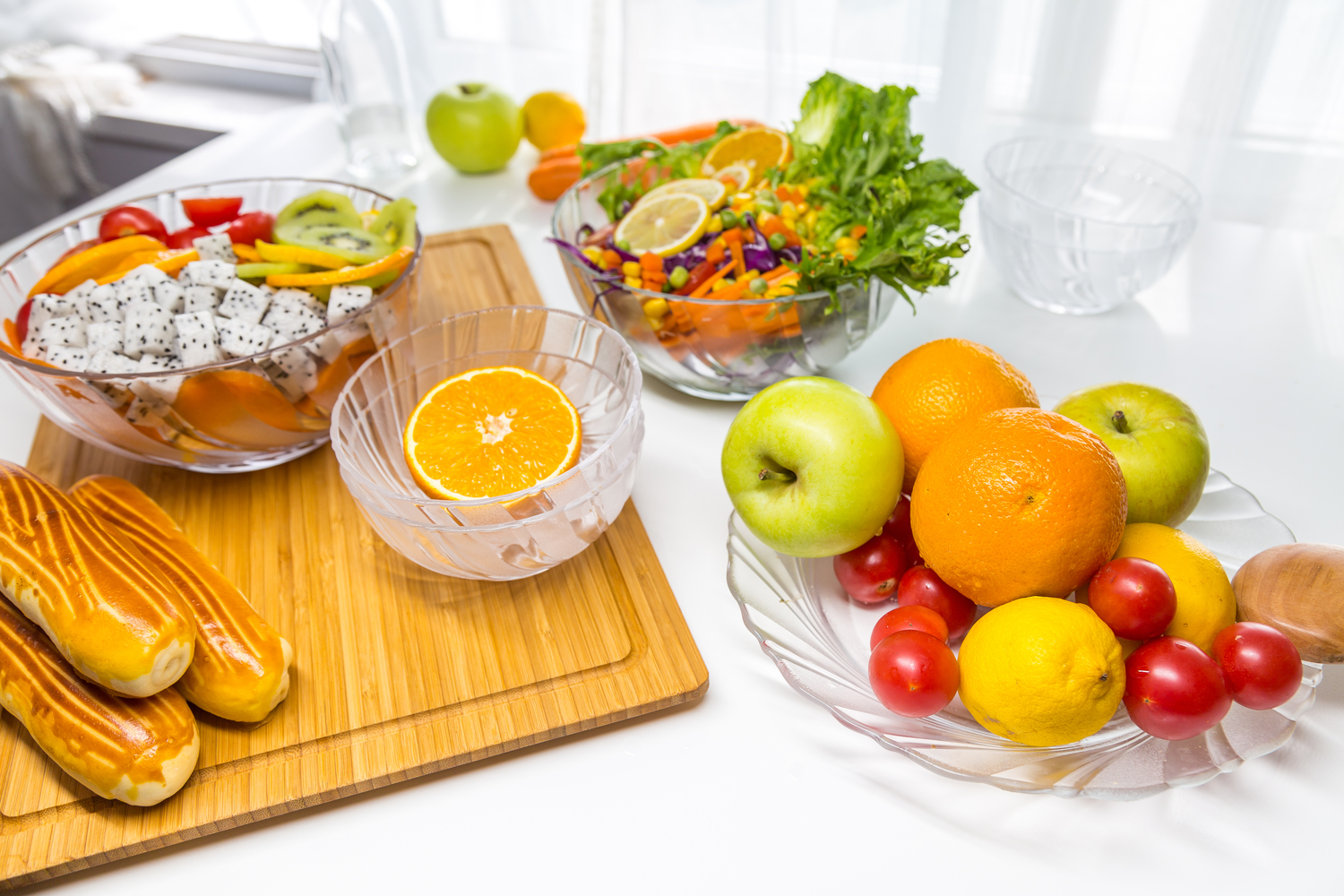
Tips to create your own Crohn’s disease diet plan
People who suffer from chronic illnesses need to make peace with their condition and do everything in their power to control the condition and lead a normal life. For people who suffer from Crohn’s disease, which is a type of inflammatory bowel disease (IBD), their treatment options usually focus on medications to reduce the severity of the symptoms and a special diet that ensures that their digestive tract remains free of any form of irritation. Crohn’s disease leads to the inflammation of the digestive tract and causes severe abdominal pain, weight loss, malnutrition, fatigue, inflammation, and affects different parts of the digestive tract. So, if one wishes to bring this condition under control, they need to pay special attention to what they eat, as the wrong type of food can trigger a flare-up.
Though Crohn’s disease cannot be cured completely, adhering to a Crohn’s disease diet can reduce flare-ups and keep the person comfortable for a long time. So, here are some essential tips one can use to create their own diet chart.
Grains
It is common knowledge that grains are everyone’s staple food, which is why it gets trickier in adding it to the Crohn’s diet. Usually, a high-fiber diet is known to prove beneficial in most cases, but if the disease is currently active, the fiber content can lead to certain problems. The insoluble fiber that is found in fruits, vegetable skins, seeds, and dark leafy vegetables can pass through the digestive tract and can worsen diarrhea and abdominal pain. So, it is advisable to limit the consumption of whole wheat bread, whole wheat pasta, rye and rye products, and barley. However, it is safe to consume rice and rice pasta, potatoes, oatmeal, cornmeal and polenta, and gluten-free bread.
Fruits and vegetables
Fruits and vegetables are the healthiest foods one can ever consume. However, they pose the same problem that whole grains do—high insoluble fiber content. Though the individual doesn’t have to eliminate all fruits and vegetables from the diet, they do have to reduce the consumption of fruits and vegetables that are exceptionally hard on a digestive tract that is affected by Crohn’s disease. It is advisable to limit the consumption of foods like apples with skin, broccoli, cauliflower, cabbage, artichokes, cherries, peaches, and plums. One can consider adding foods like applesauce, steamed or well-cooked vegetables, peeled cucumbers, bananas, bell peppers, squash, cantaloupe, and pumpkin instead.
Protein and meat
Proteins are essential for the body, which is why one cannot completely cut them off from their diet. The addition of protein-rich foods to the diet should be based on the fat content. So, the foods, especially meat with higher fat content should be avoided and should be replaced by proteins with lower fat content. It is best to limit the consumption of foods like red meat, sausages, and dark meat poultry. Instead of these, one can try consuming eggs, fish, shellfish, pork tenderloin, peanut butter, tofu and other soy products, and white meat poultry.
Dairy products
A glass of milk might appear quite harmless, but for someone with Crohn’s, their digestive tract might not tolerate dairy products so well. They can lead to flare-ups, which is why it is advisable to limit the consumption of dairy products or completely avoid them. It is recommended to avoid cream, butter, full-fat dairy products, and margarine, and instead, consume low-fat fermented dairy like yogurt or kefir and dairy substitutes made from coconut, soy, almond, flax, or hemp.


